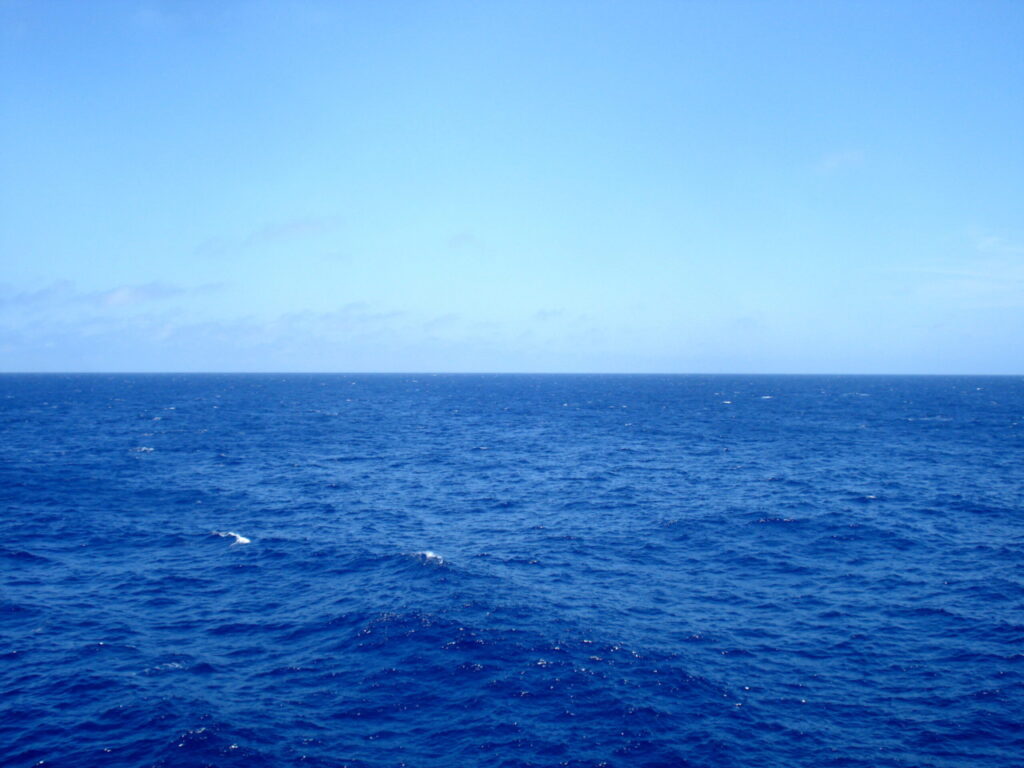Why the Gulf Stream Could Stop
The potential for the Gulf Stream to halt stems from several interrelated factors, all of which are exacerbated by human-induced climate change:
- Melting Ice Sheets: The accelerated melting of the Greenland ice sheet and other Arctic ice masses is releasing vast amounts of freshwater into the North Atlantic. This influx dilutes the salinity of ocean waters, making them less dense and disrupting the sinking process that drives the AMOC. Without this sinking action, the Gulf Stream could weaken or even stop.
- Warming Oceans: Rising global temperatures are warming the ocean’s surface layers. Warmer water is less dense than colder water, further disrupting the balance necessary for the Gulf Stream to function effectively. This warming also accelerates the melting of ice sheets, creating a feedback loop that increases the risk of a shutdown.
- Changes in Atmospheric Patterns: The atmosphere and ocean are closely linked. Changes in atmospheric patterns due to global warming, such as shifts in the jet stream or increased storm activity, can alter wind patterns and ocean currents, further destabilizing the Gulf Stream.
- Feedback Loops: The climate system is full of feedback mechanisms that can either mitigate or amplify changes. For instance, as the Arctic warms and ice melts, less sunlight is reflected back into space, leading to further warming. This can accelerate the processes that threaten the Gulf Stream, making its shutdown more likely.
Is a Gulf Stream Shutdown Irreversible?
One of the most pressing questions is whether a Gulf Stream shutdown, if it were to occur, would be irreversible. The answer remains uncertain and depends largely on the extent and speed of climate change. Some scientists suggest that if the Gulf Stream were to collapse, it could be extremely difficult, if not impossible, to restart. The system relies on a delicate balance of temperature and salinity that, once disrupted, might not recover even if global temperatures were stabilized.
However, there is hope that if action is taken quickly, the Gulf Stream could be preserved or its weakening reversed. Reducing greenhouse gas emissions, slowing the melting of polar ice, and stabilizing ocean temperatures are all critical steps that could prevent a full shutdown. But time is of the essence; the longer the world waits to take meaningful action, the greater the risk that the Gulf Stream’s collapse becomes inevitable and irreversible.
Impact on North America: A Chilling Prospect
For the United States, particularly the Eastern Seaboard, the implications of a Gulf Stream shutdown are profound. The current’s warm waters help moderate the climate of this region, including New York City. If the Gulf Stream were to stop, the most immediate impact would likely be a significant drop in temperatures.
New York, which currently enjoys relatively mild winters compared to other locations at similar latitudes, could face much harsher winter conditions. This could mean longer periods of freezing temperatures, more intense snowstorms, and overall climatic instability. Such shifts would not only affect daily life but also have broader economic consequences, from increased heating costs to disruptions in infrastructure.
Additionally, the Gulf Stream influences hurricane activity. A weaker or halted Gulf Stream could alter hurricane patterns, potentially making the East Coast more susceptible to these powerful storms. Without the Gulf Stream’s moderating effect, hurricanes could become more frequent and severe, posing an even greater threat to coastal cities like New York.
Global Ripple Effects
The consequences of a Gulf Stream shutdown would not be confined to North America. The Gulf Stream is a key component of global climate systems, and its disruption could trigger a cascade of changes around the world.
Impact on Asia
For Asian countries, particularly those in South and East Asia, the consequences could be severe. The Gulf Stream plays a role in the broader ocean circulation patterns that influence the Indian monsoon, a critical weather system that affects billions of people. A disruption in the Gulf Stream could lead to weaker or more erratic monsoons, with potentially devastating effects on agriculture, water resources, and food security in countries like India and Bangladesh.
In India, the monsoon season is crucial for agriculture, which employs a significant portion of the population and contributes substantially to the country’s GDP. A weakened monsoon could result in droughts, reduced crop yields, and severe water shortages. This, in turn, could exacerbate poverty and lead to increased migration from rural to urban areas, straining already overburdened cities.
Japan, another nation heavily dependent on predictable climate patterns, could also experience significant impacts. The country’s fishing industry, which relies on specific ocean currents influenced by the AMOC, could be disrupted, leading to economic losses and food supply challenges. Additionally, Japan might face more extreme weather events, including typhoons and colder winters, further complicating the nation’s already complex climate challenges.
Broader Environmental Consequences
Beyond immediate climatic effects, a halt in the Gulf Stream would have profound implications for global ecosystems. The current is part of a larger system that helps distribute heat and nutrients across the world’s oceans, supporting marine life and biodiversity. Disruptions to this system could lead to a decline in fish stocks, coral reef degradation, and other environmental crises that would affect food supplies and livelihoods worldwide.







